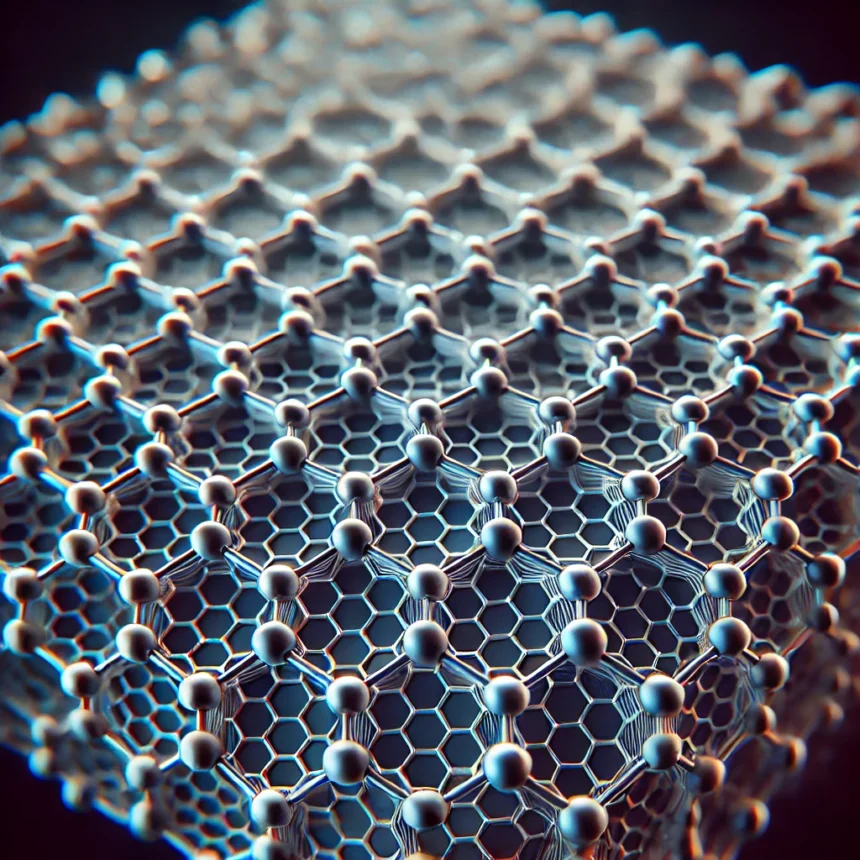Introduction to Graphene Nanolayers in Electronics
The landscape of electronics is evolving, and graphene nanolayers are at the forefront of this transformation. This material promises to redefine innovation boundaries. Graphene, a single-atom-thick layer of carbon, offers unique characteristics that lead to significant advancements across various industries. This article delves into the properties, applications, and future prospects of graphene nanolayers in electronics.
What is Graphene?
Graphene consists of a single layer of carbon atoms arranged in a hexagonal lattice. Isolated in 2004 by Nobel Prize winners Andre Geim and Konstantin Novoselov, it is known for its exceptional properties. Graphene is the thinnest yet one of the strongest materials, with tensile strength over 100 times greater than steel. Additionally, it is an excellent conductor of electricity and heat, making it highly desirable in electronics.
Properties and Advantages of Graphene Nanolayers
Graphene nanolayers offer several advantages in electronics:
1. High Conductivity: Graphene conducts electricity better than copper, enhancing device efficiency.
2. Thermal Conductivity: Its ability to dissipate heat improves device performance and reliability.
3. Flexibility and Durability: Ideal for flexible electronics, such as foldable displays.
4. Transparency: Useful for developing transparent electronics, including touch screens and solar cells.
5. Scalability: Mass production is feasible, making it commercially viable.
6. Environmental Sustainability: Being carbon-based, it is more environmentally friendly.
Applications in Electronics
Graphene nanolayers have diverse applications:
1. Transistors and Integrated Circuits: High electron mobility makes graphene idel for high-performance transistors.
2. Flexible Electronics: Enables the creation of flexible devices like foldable displays and wearable sensors.
3. Energy Storage: Suitable for batteries and supercapacitors due to its high surface area and conductivity.
4. Sensors and Detectors: Sensitive to environmental changes, useful in various sensors.
5. Optoelectronics: Combines transparency and conductivity for devices like LEDs and photovoltaic cells.
6. Electromagnetic Shielding: Effective for shielding electronic devices.
Graphene vs. Traditional Materials
Compared to materials like silicon and copper, graphene nanolayers excel in electrical and thermal conductivity, flexibility, and transparency, offering a more sustainable option.
Challenges and Future Prospects
Despite its potential, graphene faces challenges such as cost-effective large-scale production, integration with existing technologies, and standardization. Addressing these issues through ongoing research and development will pave the way for its widespread adoption.
Research and Development
Global researchers are exploring graphene’s potential, focusing on synthesis, device fabrication, performance optimization, novel applications, and environmental impact.
Commercialization
The commercialization of graphene involves strategic partnerships, pilot production facilities, product prototypes, and regulatory frameworks, driving its integration into consumer electronics.
Graphene in Consumer Electronics
Graphene nanolayers enhance consumer electronics by improving device performance, durability, and efficiency. Applications include smartphones, wearable devices, laptops, and audio equipment.
Conclusion
Graphene nanolayers are ushering in a new era of innovation in electronics. Their unparalleled properties and diverse applications hold the key to the next generation of electronic devices. Continued advancements in this field promise to revolutionize our digital experiences.



